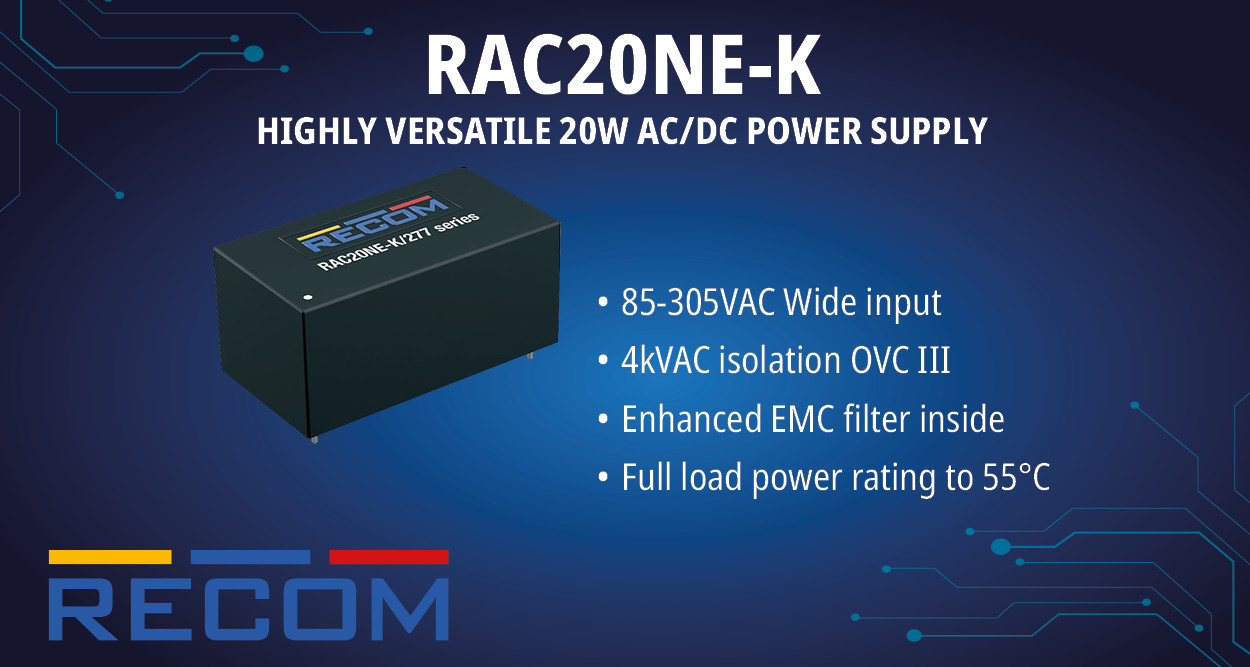In an interview with TimesTech, Naivedya Agarwal, MD and Co-Founder of Runaya, explains how the company is redefining sustainability in metals and mining through innovation and circular manufacturing. He shares Runaya’s green breakthroughs—from zero liquid discharge and renewable energy use to advanced metal recovery—and outlines their roadmap to becoming a global benchmark in sustainable, profitable industrial transformation.
Read the full interview here:
TimesTech: What enabled Runaya’s 100 percent green manufacturing model?
Naivedya: At Runaya, sustainability isn’t just a commitment—it’s at the core of everything we do. Since inception, our aim has been to address one of the most pressing industrial challenges: how to make resource- intensive sectors like metals and mining more efficient and less wasteful. Our mission has been to drive responsible resource consumption while actively giving back to nature.
To achieve this, we focused on designing closed-loop systems that prioritise resource recovery, zero discharge, and energy efficiency to achieve a green manufacturing model. All our facilities operate on a zero liquid discharge model, eliminating the risk of untreated industrial effluents. We are also actively scaling our renewable energy capacity, with 365 kW of installed solar already in place and another 285 kW in the pipeline. Our goal is to completely transition to renewable energy by FY27.
Additionally, we are committed to becoming water positive through rainwater harvesting and recycling systems that reduce our dependency on fresh water sources. This operational framework allows us to process industrial waste like aluminium dross and smelter residue while recovering over 90 percent of metal content with minimal environmental impact. We are also investing in next- generation furnaces and emission control systems to further reduce our carbon intensity. Sustainability for us is about practical implementation, and our metrics, ranging from emission reductions to material recovery efficiency, show that green manufacturing is not only achievable but scalable. This is what sets Runaya apart.
TimesTech: How is Runaya setting new benchmarks in metals and mining?
Naivedya: Runaya is reshaping traditional practices in the metals and mining sector by bringing a technology-first and purpose-led approach to resource recovery. The metals industry has long struggled with the environmental cost of extraction and refining. At Runaya, we are tackling this by transforming waste into a viable input for high-quality manufacturing. Our aluminium dross recovery process achieves over 90 percent recovery with less than 500 kilograms of CO₂ emissions per tonne, which is among the lowest in the world. Moreover, we process the remaining dross into value-added products, to be used in steelmaking. This level of efficiency demonstrates that environmental outcomes can co-exist with industrial productivity.
We have also invested in high-purity metal recovery from zinc smelter residues at our Rajasthan facility, which is strategically located near India’s richest mineral belts. Using proprietary pyro and hydrometallurgical processes, we are able to extract critical metals including zinc, lead, silver, cadmium, cobalt, and nickel. These materials are vital to sectors such as electric vehicles, solar energy, and infrastructure.
Our partnership with Minova has deepened our global collaboration footprint while strengthening the Make in India narrative, by expanding our scope to introduce co-developed mining safety systems for India’s underground infrastructure projects. This includes rock bolts, resin capsules, wire mesh, and advanced ventilation systems, all designed with global technical standards. These efforts allow us to operate as a zero waste and zero discharge manufacturer while delivering commercially viable products that meet global demand. This integrated and outcomes-driven model is setting new performance benchmarks across the value chain.
TimesTech: How do you balance sustainability with profitability?
Naivedya: At Runaya, we have always viewed sustainability and profitability as complementary rather than competing priorities. Our business model is built on using industrial waste as a raw material, which lowers both our environmental footprint and input costs. This strategic alignment has allowed us to remain self-funded and profitable since inception. We have maintained a consistent EBITDA margin of around 30 percent, which is notable for a company operating in a capital-intensive industrial segment.
In FY24, we recorded Rs 500 crore in revenue, and we are on track to reach Rs 740 crore in FY25. Our growth trajectory remains strong, with a target of Rs 1,200 crore by FY26. These numbers reflect how our resource-efficient and innovation-led model enables commercial scalability without compromising environmental standards.
What makes this balance possible is our deep focus on operational excellence. We evaluate every project using clear metrics such as internal rate of return, capital intensity, and recovery efficiency. For instance, in our aluminium recovery business, the ability to convert 60 percent of dross into value- added inputs for steelmaking creates additional monetizable outputs. Similarly, our telecom materials business benefits from high-volume exports, with nearly 40 percent of sales already coming from international markets.
By creating measurable impact while delivering strong returns, we are demonstrating that sustainability can be a business multiplier and not a cost centre.
TimesTech: How is innovation driving waste recovery at Runaya?
Naivedya: At Runaya, innovation is practical, purposeful, and rooted in scalability. We don’t pursue innovation for its own sake — we focus on solving real industrial challenges, particularly in waste management and material recovery. A prime example is our proprietary aluminium recovery technology, which enables up to 90% metal recovery from dross — a by-product traditionally considered unusable. In addition, nearly 60% of this dross is repurposed into value-added products for the steel industry, turning waste into economic and environmental value.
Our telecom materials business exemplifies how innovation can drive sustainable differentiation. We’ve developed Green FRP rods using up to 25% bio-based resin — delivering the same strength and durability as conventional materials while helping telecom operators lower their carbon footprint. We are also pioneering water-swellable FRP rods, engineered to prevent water ingress and ensure data transmission reliability in demanding conditions.
To date, Runaya has filed more than three patents across process, material, and product innovations. We continue to invest in R&D, exploring advanced recovery techniques and new material formats. Our roadmap includes next-generation gas-atomised aluminium powder and high-performance fibre cable solutions aligned with the future needs of 6G infrastructure.
In essence, innovation at Runaya isn’t just about product enhancement — it’s about creating commercially viable pathways for sustainability, opening new revenue streams, and delivering measurable impact across industries.
TimesTech: How is Runaya engaging with policymakers and partners?
Naivedya: Our belief is that no single organisation can solve the complex challenges around industrial waste and resource scarcity alone. This is why partnerships are central to our growth model. One of our most strategic alliances is with ECKART, a global leader in aluminium pigments. Together, we are setting up a facility in Odisha to produce sustainable spherical gas-atomised aluminium granules. The plant will use recycled aluminium and renewable energy to meet demand from high-end sectors such as aerospace, solar, and pigments. This partnership not only strengthens our R&D and supply chain but also enhances India’s role as a global hub for sustainable manufacturing.
In the mining sector, our collaboration with Minova brings advanced ground support systems to Indian infrastructure projects. These products, co-developed and manufactured in India, are improving safety while reducing dependence on imports. They also reflect our commitment to localising global standards in a commercially viable way.
On the policy front, we regularly engage with government stakeholders to contribute to frameworks around circular economy and responsible waste management. Our discussions are focused on creating incentives for industrial recovery, enabling easier regulatory clearances for sustainable processes, and fostering greater industry-academia collaboration in material innovation. These engagements allow us to not just comply with policy but to help shape it for broader impact.
TimesTech: What is Runaya’s role in the future of sustainable manufacturing?
Naivedya: Runaya is built around the idea that India can lead the next wave of sustainable manufacturing by combining innovation, circularity, and scale. Our role is to be an enabler for industries that want to reduce their environmental footprint while maintaining growth. We operate at the intersection of metals, mining, and telecom, sectors that are core to infrastructure development but also under pressure to decarbonise. Our solutions offer a way forward.
Whether it is recovering critical metals from smelter residue, producing telecom-grade FRP rods for fibre expansion, or manufacturing aluminium granules for aerospace and solar, our businesses are aligned with sectors that will define the next decade. We are currently scaling our telecom materials capacity to 6 million kilometres annually and growing our export footprint to over six countries, with stocking points across Europe, South Africa, and the United States.
Our long-term goal is to build a USD 1 billion enterprise by FY30 that not only delivers shareholder value but also measurable environmental outcomes. We see ourselves as part of a new industrial model, one that places circularity and efficiency at its core. As regulations become more stringent and global customers demand higher transparency, companies like Runaya will play a key role in shaping the future of responsible and scalable manufacturing.

















